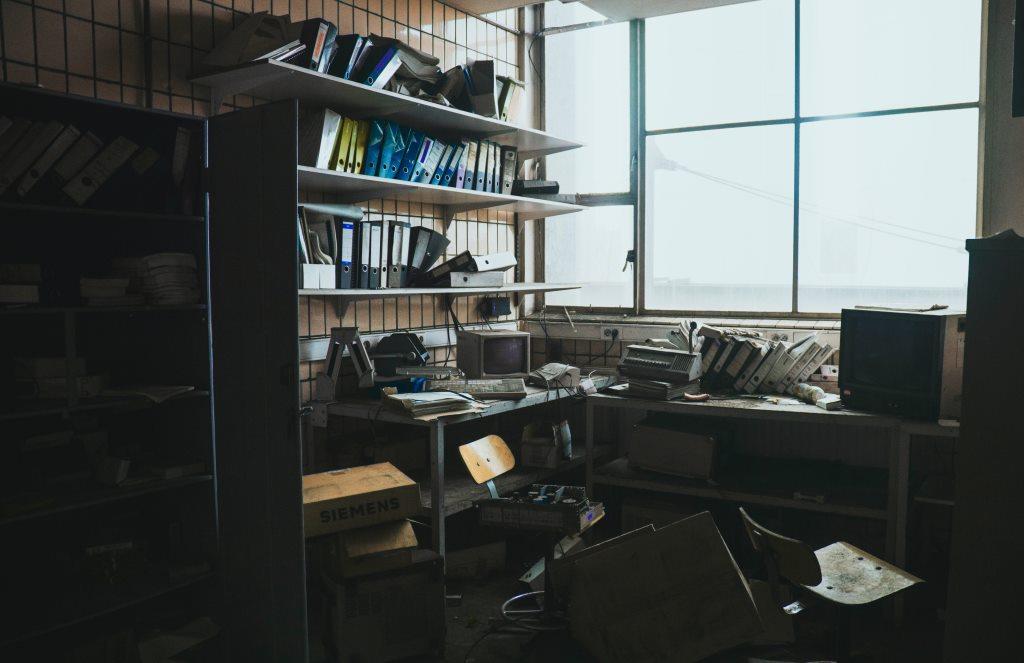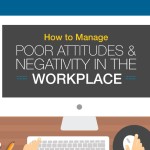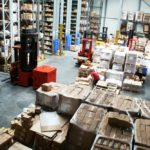
Clutter is a challenge for just about everyone both in the home and in the workplace. In both cases, it can negatively impact a person’s state of mind as well as their ability to function effectively. Fortunately, clutter tends to be caused by a lack of organization rather than a lack of space. This means that generally all you need to tackle it, is to have a bit of strategy.
Why clutter is bad for the mind
You could argue that clutter is a symptom or manifestation of a problem rather than a problem itself. Clutter is always a sign that a process is not flowing smoothly. That blockage is the problem rather than the clutter itself. With that said, however, clutter can become part of a self-perpetuating vicious cycle.
The sight of clutter is a clear reminder that something is going wrong somewhere. This is demotivating and hence negatively impacts a person’s mental state. This makes it harder for them to resolve the issue and so the clutter builds up and the process continues.
Often, clearing the clutter is the first step to solving the problem. Firstly, it makes people feel better. If nothing else, they’ve accomplished something. Additionally, it often provides clues as to the source of the problem and hence how to solve it. For example, if clutter is building up because you lack the right type of storage in the right location, then at least you have a starting point for a long-term solution.
How clutter impacts productivity
The most obvious way clutter impacts productivity is by slowing down work. Quite simply, clutter makes it effectively impossible for employees to focus all their energy on their tasks. They always need to divert some of it to finding whatever it is they need to do their tasks.
In modern workplaces, this reality can be camouflaged by the move to digital documentation. This has limited, albeit not eliminated, paper clutter. In some cases, however, paper clutter has just been replaced with digital clutter. This can be a slight improvement in that it is sometimes possible to find digital documents using electronic search tools. It is, however, still a problem.
Clutter and accidents
Clutter can quite literally be an accident waiting to happen. What’s more, there doesn’t need to be an obvious pile of clutter for clutter to be a hazard. The issue with clutter isn’t necessarily the clutter itself although it can be. Paper clutter and cardboard clutter, for example, are both notorious fire hazards. The issue is that clutter often hides other hazards.
What that means in practice depends on the situation. For example, inside an office, it could mean something as simple as somebody putting their finger on something sharp because it was hidden underneath the clutter. Outside a workplace, it might mean creating a hiding place for antisocial elements or stray animals etc.
Clutter and hygiene
On a similar note, clutter often provides fertile ground for germs of all kinds. The clutter may play host to them itself. Alternatively, it can provide a hiding place for germs and other undesirables such as vermin. If cleaners have to move clutter then they either reduce the time they have for actual cleaning or take longer to do the job. If cleaners don’t move clutter, then the problem, literally, gets more serious by the day.
Clutter and stock management
As a final point, clutter can make it very difficult to get a clear view of what you do and don’t have in stock. This can make it very difficult to order effectively. As a result, employees can end up being delayed due to a lack of what they need. Alternatively, you can end up with stockpiles of excess materials which may or may not store well.
Gavin Prior
Latest posts by Gavin Prior (see all)
- Why less clutter means more productivity in the workplace - February 27, 2022
- The importance of keeping good business records - January 30, 2022














